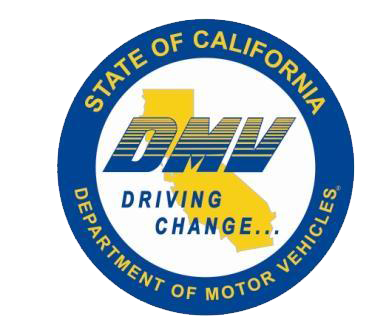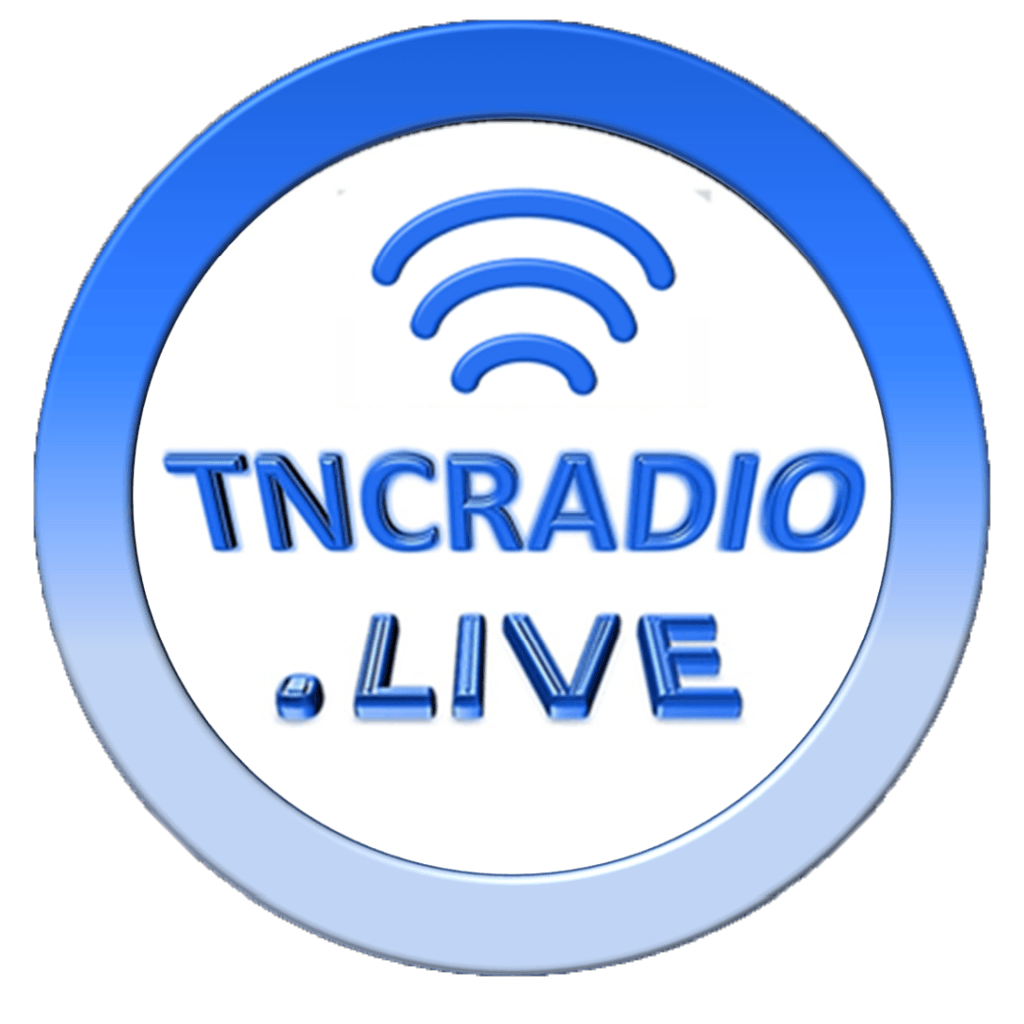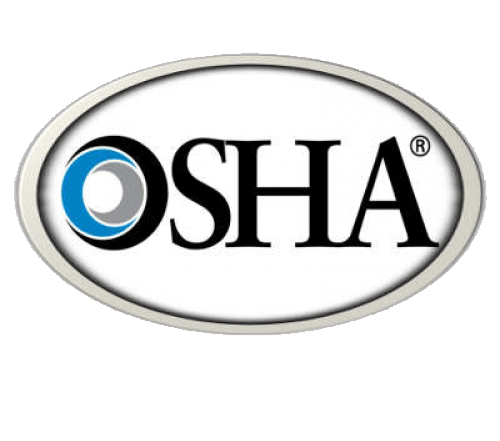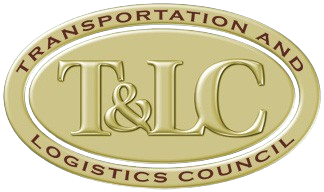Personal Conveyance – Getting It Right
If you've found yourself questioning a driver's Personal Conveyance (PC) status, you're not alone. While there is no regulation covering the use of PC or off-duty driving of a commercial motor vehicle (CMV), you'll find Federal Motor Carrier Safety Administration (FMCSA) guidance in Interpretation Number 26 from Part 395 Section 8. In addition, be aware that PC is subject to enforcement's interpretation at a roadside inspection or during an audit.
Compliant PC use depends on affirmatively answering these two questions:
- Is the driver off duty or released from responsibility for work and free to pursue their chosen activities?
- Is the move personal and not in support of the business?
If your answer is "YES" to both questions, the move likely qualifies as PC.
Appropriate PC Use
The following are examples of appropriate PC use:
- Traveling from a driver's enroute lodging, such as a motel or truck stop, to and from a restaurant or entertainment facility;
- Commuting between the driver's home and a terminal, a drop lot, or work site, provided the driver rests enough to prevent fatigue while at home;
- Traveling to the first nearby, reasonable, and safe location to get a required rest break of eight or ten hours after loading or unloading;
- Moving the CMV at the request of a safety official during off-duty time;
- Transporting personal property while off-duty; and,
- Traveling to a driver's home from a construction or utility job site.
Also, a driver's vehicle in the United States (U.S.) is not required to be unladen or free of cargo during a PC move, and there is no mileage limit.
Incorrect Use of PC
Below are examples, not an all-inclusive list, of what are incorrect uses of PC:
- Traveling to a carrier's terminal or driver's home from a shipper or receiver after loading or unloading (considered a continuation of the dispatch);
- Skipping the nearest, safe park location to get closer to the next loading or unloading point after running out of hours;
- Picking up a trailer after delivering another trailer to its destination, even if the vehicle is no longer a CMV;
- Continuing a CMV trip in interstate commerce to fulfill any business purpose, including operating with an empty trailer or repositioning;
- Driving a passenger-carrying CMV while passengers are on board, except for off-duty drivers who are traveling to a common destination;
- Moving to a maintenance facility, including when on a rest break at home or elsewhere; and
- Driving to get required rest after being placed out of service for exceeding HOS limits, unless directed by a law enforcement officer.
Top 5 Personal Conveyance (PC) FAQs
Here are some frequently asked questions:
- Can my driver keep driving to a location under PC if they run out of hours?
No, the driver must stay logged in as on-duty driving and should annotate the reason for the driving violation, if applicable. PC is allowed when out of hours when leaving a loading or unloading location to seek the nearest safe park location.
- Can my driver use PC while parked on a break at a truck stop or customer facility?
A driver may move a vehicle for personal purposes in PC, such as moving to a quieter location on the same property but cannot perform work.
- Can my driver use PC to get maintenance or fuel while on a 34-hour restart or other breaks?
No, these are business-related moves for company drivers and owner-operators.
- Can drivers use PC in Canada?
Yes. Canada limits PC (or Personal Use) to a daily limit of 75 kilometers or 46.6 miles, and the vehicle must be unloaded. PC moves in the U.S. by any carrier, U.S. or Canadian, must meet the Canadian standard, or it counts as on-duty time toward work shift and cycle requirements. For example, a U.S. carrier with PC instances in the last three days — laden — going into Canada would have their PC time in the U.S. counted as on-duty time within Canada.
- Does PC count against the 14-hour clock?
PC counts against the 14-hour clock unless it is part of a 10-hour break or part of a qualifying break for the split-sleeper option.
In Closing
Carriers are not required to allow PC and can restrict how PC is used. However, if your company allows PC, your policy should require a review of each instance of PC to check for proper use and the driver's required note on why PC was used. Safety management controls like these are essential to prevent falsification and fatigue-related crashes.
Content Disclaimer: Due to the constantly changing nature of government regulations, it is impossible to guarantee the total and absolute accuracy of the material contained herein or presented. NorthAmerican Transportation Association (NTA) cannot and does not assume any responsibility for omissions, errors, misprinting or ambiguity contained. NTA shall not be held liable in any degree for any loss, damage or injury caused by any such omission, error, misprinting or ambiguity present. It is made available with the understanding that NTA is not engaged in rendering legal, accounting or other professional service. If legal advice or other expert service is required, the services of such a professional should be sought.











